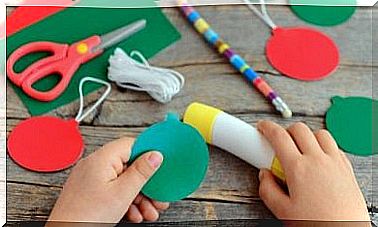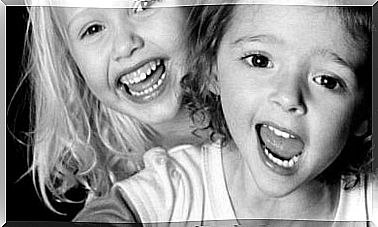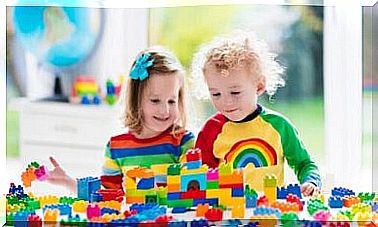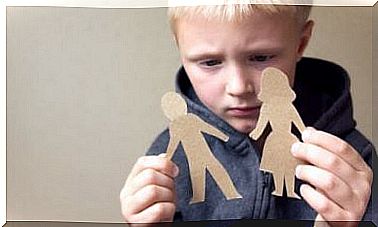The Different Types Of Educational Support For Children With Special Needs – Being Parents

Inclusive education is a process of improvement and innovation as it aims to minimize or eliminate barriers that limit students with specific educational support needs. For a variety of reasons, these children may feel different and misunderstood. And that is precisely what, as a society and as parents, we must avoid.
Therefore, there is a need to demand that schools open minds and reach out equally to all types of students. So that they can all remain present in the mainstream education system. Thus, diversity is understood as an opportunity for enrichment.
What are the specific educational support needs?
The concept of specific educational support needs refers to the group of students who require special support and attention in school. Which are due to the fact of meeting certain conditions or presenting certain difficulties.

In this group there is a wide variety of students. For a child to be considered a student with special educational needs, he or she must fall into one of the following five categories:
1.Special educational needs. Students who have some type of disability or disorder. In this category we mean children with:
- Serious developmental disorders.
- Intellectual disability.
- Communication disorders.
- Motor handicap.
- Autism spectrum disorder.
- Hearing impairment.
- Serious behavioral disturbances.
- Visual impairment.
- Attention deficit disorder, with or without hyperactivity.
- Rare and chronic diseases.
2. Specific learning difficulties. Children with changes in the acquisition and development of basic cognitive processes. These processes are involved in writing, reading, arithmetic, and speaking. In other words, children who may have:
- Dysgraphia
- Dyslexia
- Difficulties with oral language
- Dyscalculia
3. High intellectual capacities. Students who are above average in one or more intellectual capacities. Depending on the case, you can talk about talented or gifted children.
4. Late integration into the education system. This category corresponds to migrant students, who must adapt to the new school situation.
5. Personal conditions or educational background. These are children who are not at the level of their peers for reasons beyond the control of the person. This may be due to:
- Health reasons
- Belonging to certain social groups or ethnic minorities.
- The fact of living in unfavorable socio-cultural situations.
- Having an education outside of school.
People involved in specific educational support needs
To meet the specific needs of students in terms of educational support, these different people may need to cooperate with each other :
- The school environment. Tutor, teacher of therapeutic pedagogy (PT), hearing and language (AL), counselors, etc.
- Family.
- Other specialized professionals such as psychologists, physiotherapists, occupational therapists, etc.
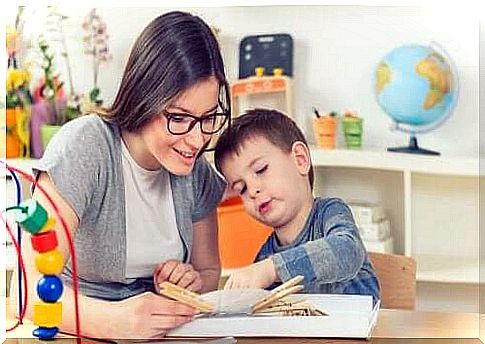
Therefore, the participation of all these people facilitates the difficult task of the education system of providing adequate care and support to these children. Thus, all students have the same chances of obtaining the best possible development in learning.
As a result, without the existence of this collaboration, no officer linked to a school would be able to perform his duties properly. This is due to the fact that, thanks to the different contributions, we collect a wide range of information in order to carry out a good educational intervention.
In this sense, the following sentence should be highlighted:
In other words, we can achieve great things, such as inclusive education, based on the efforts and dedication of each of us. This is the very essence of teamwork!
The benefits of diversity in the classroom
It is clear that inclusive education benefits people with specific educational support needs. But this also applies to the rest of the classmates.
With this school model, students grow up in a climate of diversity in which respect is promoted. In addition, they learn to socialize and deal with other children with different abilities.
Therefore, an inclusive classroom must have a cooperative learning structure, distinct from the individualistic and competitive structure of the traditional school.
In short, you need to organize the classes in order to convey and value the values of camaraderie, coexistence and acceptance.


